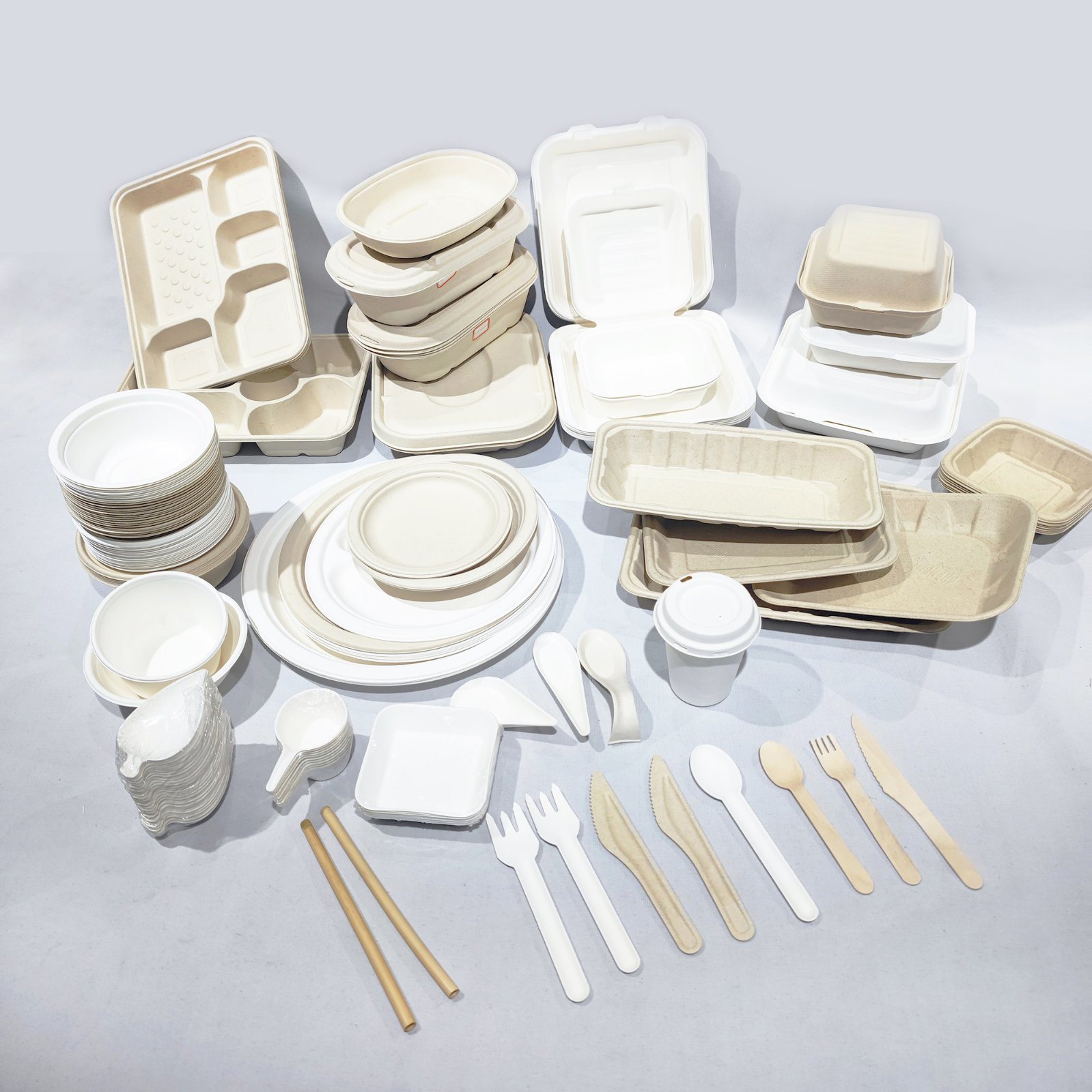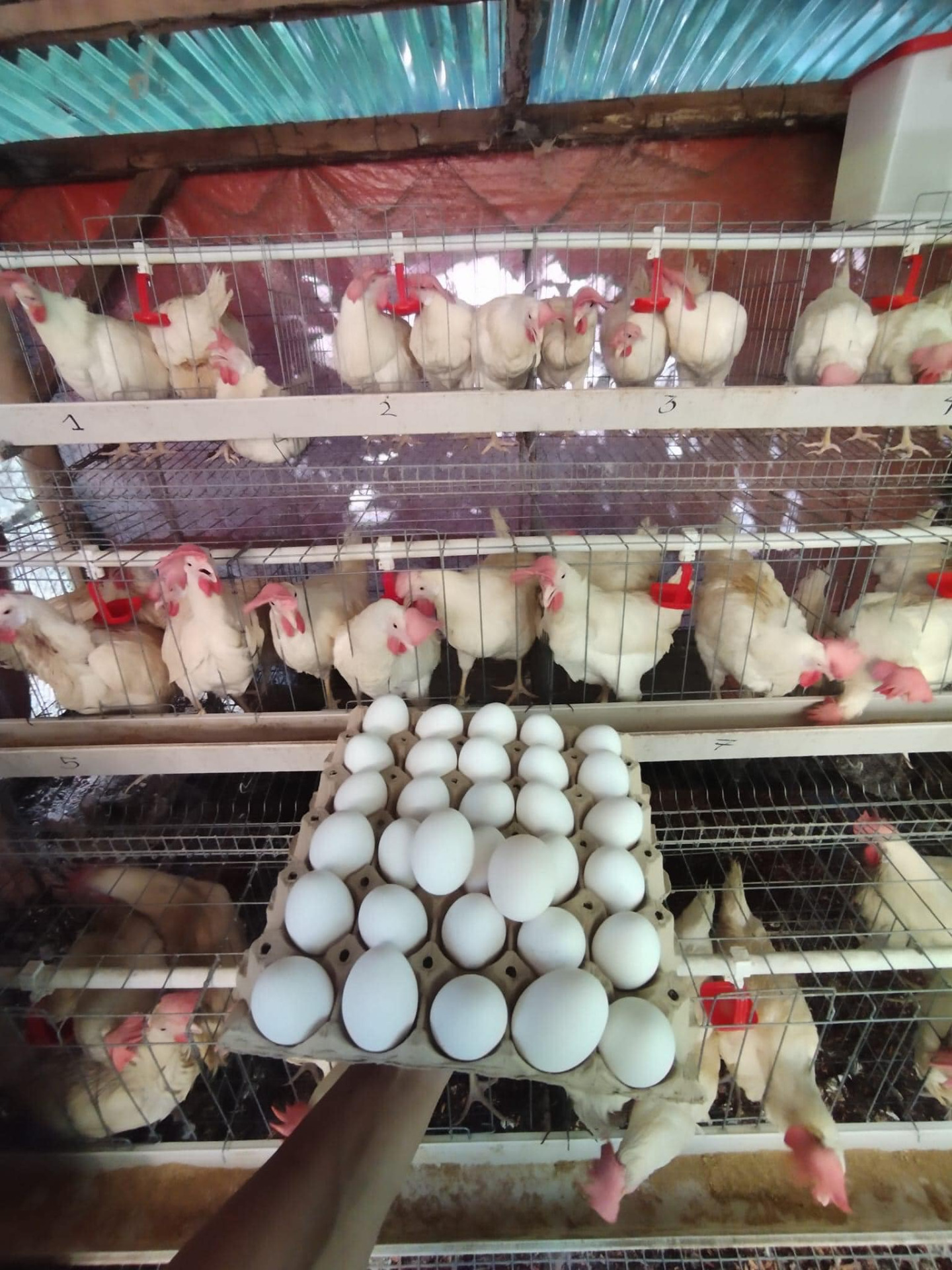Embracing Pulp Molding in the Poultry and Food Industry
In the quest for sustainable practices, industries are increasingly turning to innovative solutions, and the poultry and food sector is no exception. One such transformative approach gaining momentum is the adoption of pulp molding in the packaging and processing of poultry and food products. This post delves into the myriad ways in which embracing pulp molding machine is revolutionizing the poultry and food industry, offering eco-friendly alternatives and sustainable packaging solutions.

Pulp Molding: A Sustainable Revolution
Pulp molding, often referred to as molded pulp or molded fiber, is a manufacturing process that utilizes recycled paper and cardboard to create biodegradable and compostable products. The process involves the conversion of pulp into various forms, ranging from packaging materials to disposable tableware. As industries face increasing pressure to reduce their environmental footprint, pulp molding emerges as a beacon of sustainability, offering a viable alternative to traditional packaging materials.
Sustainable Packaging in the Poultry Industry
1. Biodegradable Egg Cartons:
Pulp molding has found a particularly impactful application in the poultry industry with the production of biodegradable egg cartons. These cartons provide a sustainable alternative to conventional plastic or styrofoam options. The biodegradable nature of pulp molding ensures that after use, the egg cartons can be composted, contributing to a circular economy.
2. Tray Packaging for Fresh Poultry:
The packaging of fresh poultry products often involves trays that need to withstand varying temperatures and provide adequate protection. Pulp molding excels in crafting custom-fit trays that offer both strength and sustainability. These trays are designed to be resistant to moisture and can be easily disposed of without causing harm to the environment.
3. Poultry Transport Packaging:
Poultry transportation demands durable and protective packaging. Pulp molding meets this requirement by creating custom-molded packaging solutions that ensure the integrity of poultry products during transit. The lightweight yet robust nature of pulp molding helps reduce overall packaging weight, contributing to fuel efficiency in transportation.
Sustainable Packaging in the Food Industry
1. Takeout Containers and Food Trays:
In the food industry, takeout containers and trays often contribute to single-use plastic waste. Pulp molding provides an eco-friendly alternative by producing takeout containers and food trays that are compostable and biodegradable. These containers not only reduce environmental impact but also cater to the growing demand for sustainable practices in the food sector.
2. Biodegradable Food Packaging:
Pulp molding is increasingly being used to create a variety of biodegradable food packaging, including bowls, plates, and clamshells. These products are ideal for serving a range of hot and cold foods and can be disposed of without leaving a lasting environmental footprint.
3. Custom Packaging for Specialty Foods:
Specialty food items often require customized packaging to maintain their quality and uniqueness. Pulp molding enables the creation of custom packaging that meets the specific needs of different food products. This adaptability is a key advantage in a sector where one-size-fits-all solutions may fall short.

Advantages of Pulp Molding in the Poultry and Food Industry
1. Environmental Impact:
Pulp molding is inherently eco-friendly as it utilizes recycled materials, reducing the demand for virgin resources. The biodegradability of molded pulp products ensures that they can be disposed of responsibly, contributing to the reduction of plastic pollution.
2. Cost-Effectiveness:
Pulp molding is a cost-effective solution for packaging in the poultry and food industry. The raw materials, being derived from recycled paper, are readily available and affordable. The manufacturing process is also energy-efficient, further contributing to overall cost savings.
3. Customization and Design Flexibility:
Pulp molding allows for intricate designs and customization, making it suitable for creating packaging that aligns with branding strategies. The flexibility in design ensures that both aesthetics and functionality are not compromised.
4. Insulation Properties:
In the poultry industry, maintaining the freshness and quality of products is paramount. Pulp molding provides excellent insulation properties, protecting poultry and food items from temperature variations during storage and transportation.
5. Compliance with Regulations:
With increasing regulations aimed at reducing single-use plastics and promoting sustainability, pulp molding aligns with these evolving standards. Adopting such environmentally friendly practices not only ensures compliance but also enhances the reputation of businesses in the poultry and food sector.
Challenges and Solutions
While embracing pulp molding in the poultry and food industry brings numerous benefits, challenges exist, such as the perception of fragility compared to traditional materials. However, advancements in pulp molding technology address these concerns by improving the strength and durability of molded products. Educating stakeholders about the resilience and environmental advantages of pulp molding is crucial in overcoming resistance to change.
Future Trends and Innovations
The future of pulp molding in the poultry and food industry is promising, with ongoing innovations focused on enhancing product performance and expanding applications. Research and development efforts are directed toward creating new formulations for molded pulp, exploring novel additives, and improving the efficiency of the production process. As consumer preferences increasingly favor sustainable choices, the adoption of pulp molding is expected to grow, driving further innovation in this space.
Conclusion
In conclusion, embracing pulp molding in the poultry and food industry marks a significant step towards sustainable and responsible practices. From packaging fresh eggs to transporting delicate food items, pulp molding offers versatile solutions that not only meet the functional requirements of the industry but also contribute to a greener and healthier planet. As more businesses recognize the advantages of molded pulp, the poultry and food sector is poised for a sustainable revolution, redefining packaging norms and setting new standards for environmentally conscious practices.